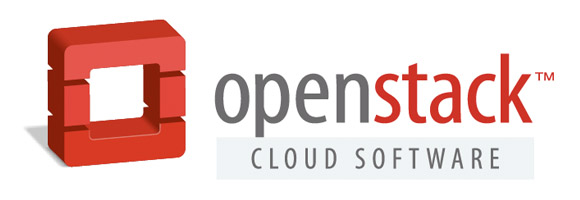‘Scarcity Of Skills’ Means OpenStack Is More Expensive Than Commercial Cloud

451 Research finds OpenStack is pricier than VMware, Microsoft and Red Hat because of the cost of hiring skilled cloud engineers
Running cloud on an OpenStack distribution is more expensive than running cloud with firms such as VMware, Red Hat and Microsoft, analyst firm 451 Research said today, citing the extra cost that has to be factored in to hire skilled OpenStack engineers.
“Premium-priced OpenStack talent makes the TCO of commercial solutions more attractive than OpenStack,” said the research firm.
Cloud Price Index
The findings come following the release of 451 Research’s latest Cloud Price Index, which analyses the cost of cloud computing and gives buyers insight into the complex pricing models of both public and private cloud products.
The research found that the average cost of private clouds dished out by VMware, Red Hat and Microsoft all cost within half a cent of each other, at about $0.10 per virtual machine hour. OpenStack distributions cost on average $0.08 per VM hour.
However, after factoring other elements, including the scarcity of OpenStack skills, 451 Research said that it believes for a typical deployment, buyers could hire 3 percent more engineers to support a commercial cloud environment, and still have a lower cost of ownership compared to an OpenStack distribution.
 “Finding an OpenStack engineer is a tough and expensive task that is impacting today’s cloud-buying decisions,” said Owen Rogers, an analyst at 451 Research. “Commercial offerings, OpenStack distributions and managed services all have their strengths and weaknesses, but the important factors are features, enterprise readiness and the availability of specialists who understand how to keep a deployment operational.
“Finding an OpenStack engineer is a tough and expensive task that is impacting today’s cloud-buying decisions,” said Owen Rogers, an analyst at 451 Research. “Commercial offerings, OpenStack distributions and managed services all have their strengths and weaknesses, but the important factors are features, enterprise readiness and the availability of specialists who understand how to keep a deployment operational.
“Buyers need to balance all of these aspects with a long-term strategic view – as well as TCO – to determine the best course of action for their needs.”
The report also found that OpenStack distributions can provide a total cost of ownership advantage over a DIY cloud approach, but only where the use of a distribution results in a 45 percent manpower saving.
“Decisions also need to include the risks associated with lock-in should prices rise, support dwindle or features be decommissioned,” Rogers added. “As OpenStack matures and the pool of available engineering staff increases, buyers can expect the TCO of deploying OpenStack to improve.”
451 Research’s Cloud Pricing Index is based on quotations and estimates from companies including Accenture, Adapt, AWS, Bluebox, and CenturyLink, as well as Dell, Google, IBM, Rackspace and Microsoft.